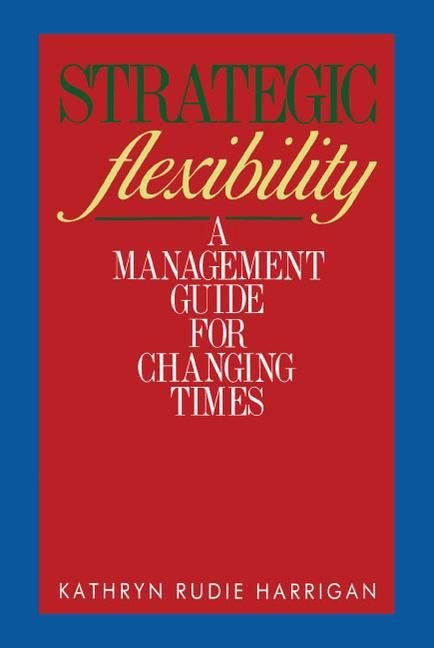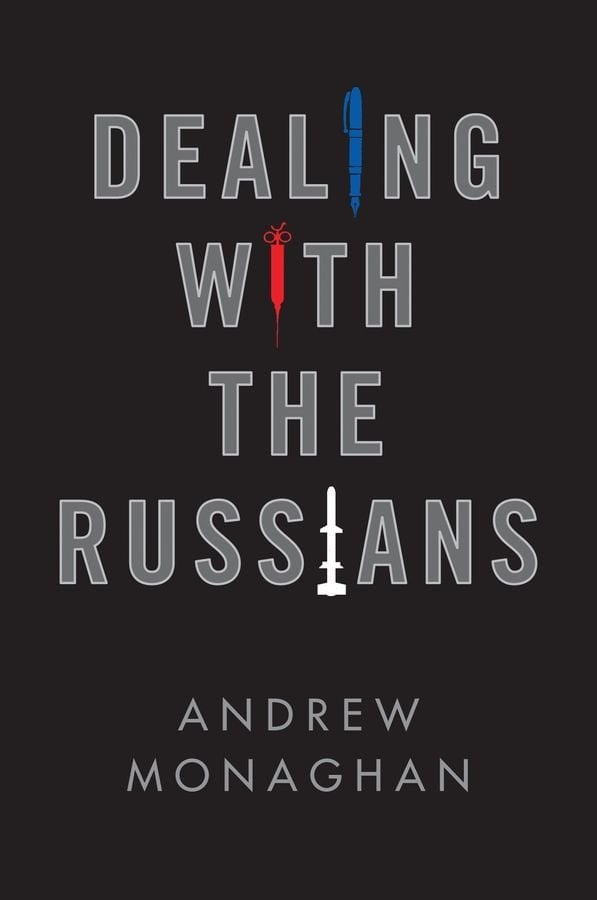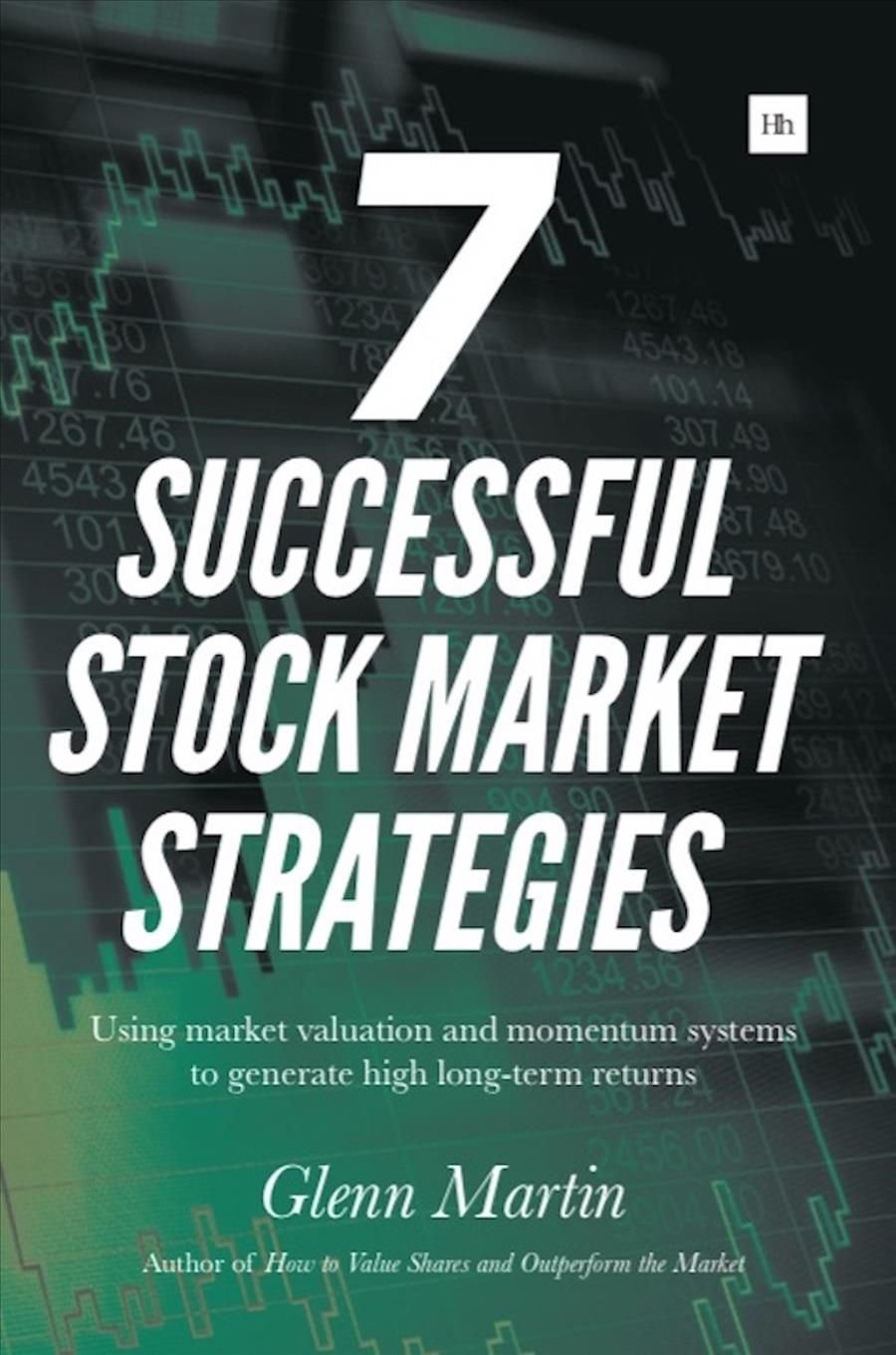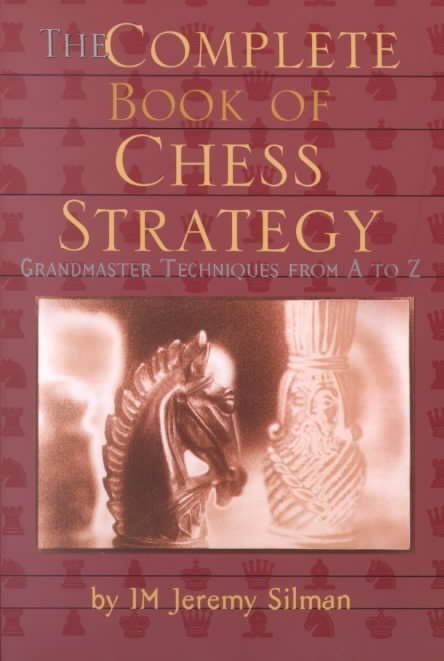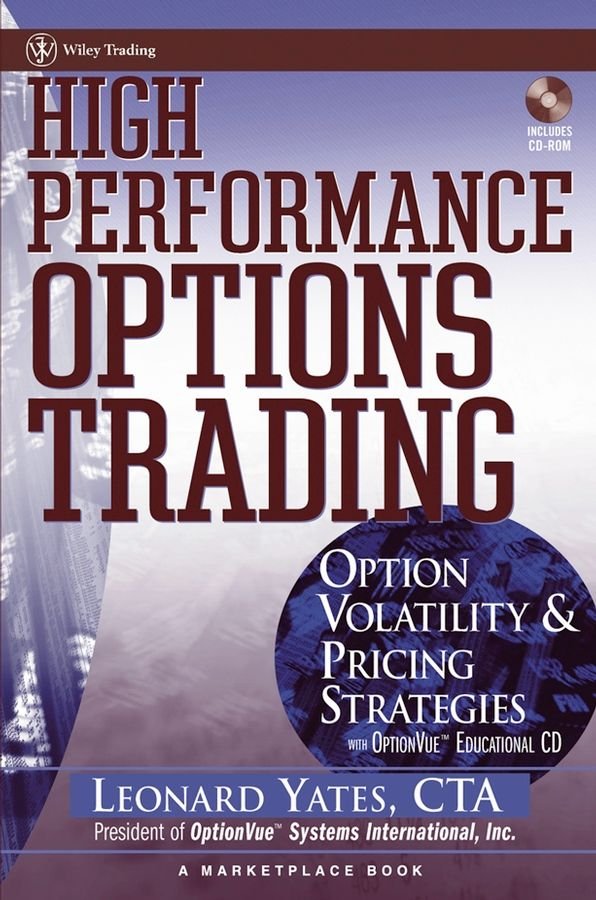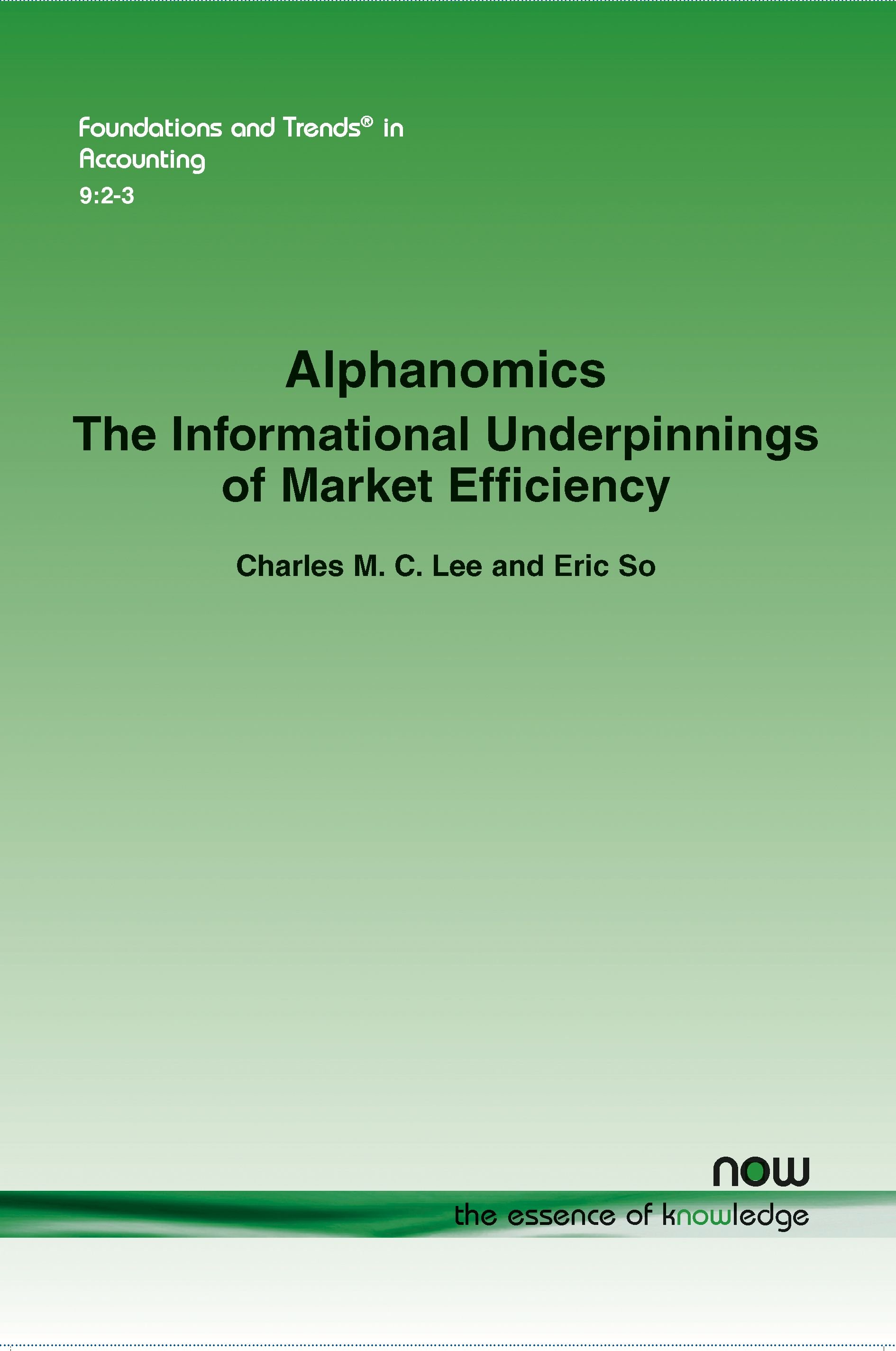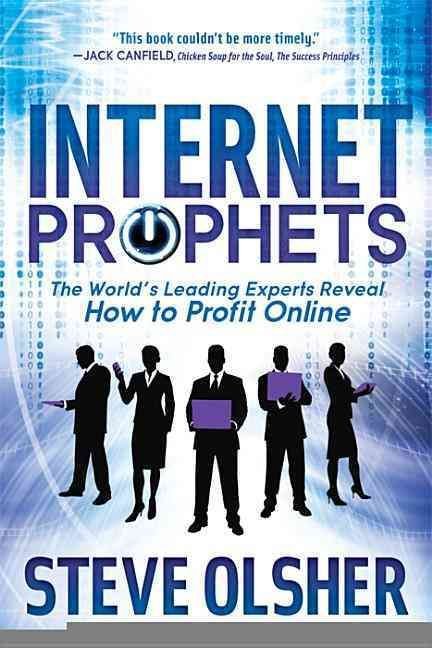xv Global Supply Chain: General Strategies and Framework There are five chapters on the general strategies and framework. In “On the Globalization of Operations and Supply Chain Strategies - A Conceptual Framework and its Applications,” Panos Kouvelis and Julie Niederhoff deÂ- scribe the forces that shape globalization and a framework to develop strateÂ- gies. The authors illustrate how the framework can be used with the case of Acrilan, an acrylic fiber manufacturer. As the emerging economies begin to mature, and the supply and demand points in a supply chain begin to shift, companies need to re-optimize the deÂ- sign of their global supply chain, so as to make the best use of their global resources. This is the subject of “Globalization and Emerging Markets: The Challenge of Continuous Global Network Optimization,” by Peter Koudal and Douglas A. Engel. Many emerging economies have lower direct labor costs, and are so attracÂ- tive offshoring locations. But there could be many hidden costs. The decision to offshore has to be based on a sound comprehensive analysis of the total landed costs, the tradeoffs of associated risks, and the business strategies of the company. David Pyke provides us with the approach to tackle this deciÂ- sion, and share with us his personal experience in helping companies to make such decisions, in his chapter titled “Shanghai or Charlotte? The Decision to Outsource to China and Other Low Cost Countries.

